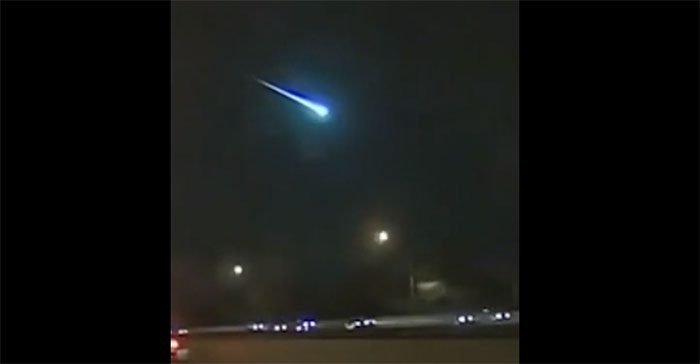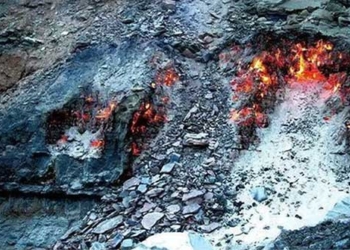A Fireball Falls in Western Australia, Lighting Up the Night Sky and Drawing Many Observers
Camera captures the fireball in Western Australia. (Video: 9news)
Dash cameras and various observatories in Western Australia recorded the sight of a green-blue fireball streaking across the sky on November 22, around 8:50 PM local time. According to the Perth Observatory, many residents witnessed the moment the fireball fell in the southwestern region of Western Australia.
This type of fireball is typically caused by meteoroids and is larger than average. They are also known as bolides, accompanied by a brilliant flash due to the extreme heat generated from friction with the atmosphere. The green color of the fireball may result from iron in the meteoroid.
Some residents speculate that the meteoroid could be a large object from the Leonid meteor shower, which peaks on November 24. The Leonids are an annual meteor shower occurring when Earth passes through debris left by a comet orbiting the Sun every 33 years. According to Samantha Rolfe, a lecturer at the University of Hertfordshire, UK, the Leonids are one of the most frequent and predictable meteor showers of the year. The cloud of dust that Earth passes through forms from the Temple-Tuttle comet heating up in the inner Solar System, releasing gas that pushes small rock particles.

The fireball streaking across the Australian sky.
As Earth moves through the intersecting orbital path of the Temple-Tuttle comet, rocks and ice enter the planet’s atmosphere, Rolfe explains. These objects are often as small as grains of sand and become meteors when interacting with Earth’s atmosphere. They vaporize and create a bright flash lasting about a second, known as a meteor.
However, the meteoroid that fell in Western Australia may simply be a rogue object unrelated to the Leonid meteor shower. The Curtin University fireball network is working to determine where the meteoroid landed by utilizing its trajectory across the sky. If the original rock was quite large, measuring over 50 to 100 meters, it is likely that it could retain much of its speed and survive its journey through the atmosphere, according to Annemarie E. Pickersgill, a meteor impact researcher at the University of Glasgow, Scotland.





















































